
Wire a pine bonsai when the tree has achieved the desired silhouette. This should be done after repotting and pruning are completed to ensure that the wiring follows the intended design. When wiring, always start at the bottom of your tree and work up. Properly applied wire will help create curves and shapes in the trunk and branches that mimic a mature tree, helping to establish movement throughout the entire bonsai shape. Avoid wrapping or binding too tightly, as this can damage young bark, restrict growth, and even cause branches to die if not taken off in time.
Contents:
- When to Wire a Pine Bonsai
- Understanding the Growth Cycle of Pines
- Identifying the Optimal Timing for Wiring
- Factors That Affect When You Should Wire
- Examining Your Bonsai’s Age and Health
- Considering Style and Desired Shape
- Techniques for Properly Wiring a Pine Bonsai
- Care Tips After Wiring Your Pine Tree
When to Wire a Pine Bonsai
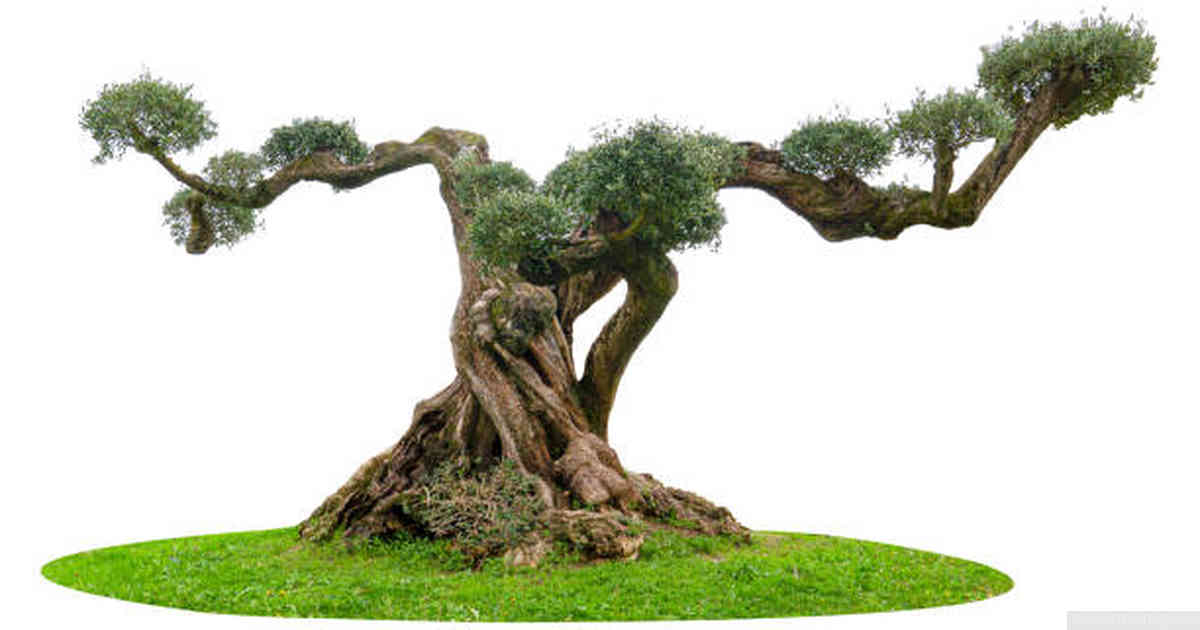
When it comes to bonsai wiring, many people believe that the most successful time of year for this endeavor is wintertime. However, wires can be applied at any time of year, depending on a tree’s growth pattern and desired shape. For those looking to give their pine bonsai a new look or refine an existing one, there are several elements that should be taken into account when considering when to wire.
The main thing to consider when wiring any type of bonsai is how rapidly its growing season progresses. Some species such as black pine grow quickly in spring and summer, necessitating timely removal of the wire before the growing process has firmly set in for these months. Others may be slower during other times of year, allowing for ample opportunity to apply and remove wires in accordance with desired end shape results. The overall goal should be to apply wires so that they have enough time to do their job while still allowing plenty of recovery time afterwards before the next growing cycle resumes.
Knowing exactly when each particular type of pine is most active will help determine optimal timing when seeking favorable results from wiring efforts. Consulting an experienced local source or visiting a nearby garden center can provide some useful information about local varieties commonly available as well as specific seasonal patterns with different types of pine trees wired into various styles like literati or chokkan (formal upright). Following general guidelines according to preferred style are also important; for example formal upright should not typically remain wired past March due longer-term effects on branches if left too long without healing properly first.
Understanding the Growth Cycle of Pines
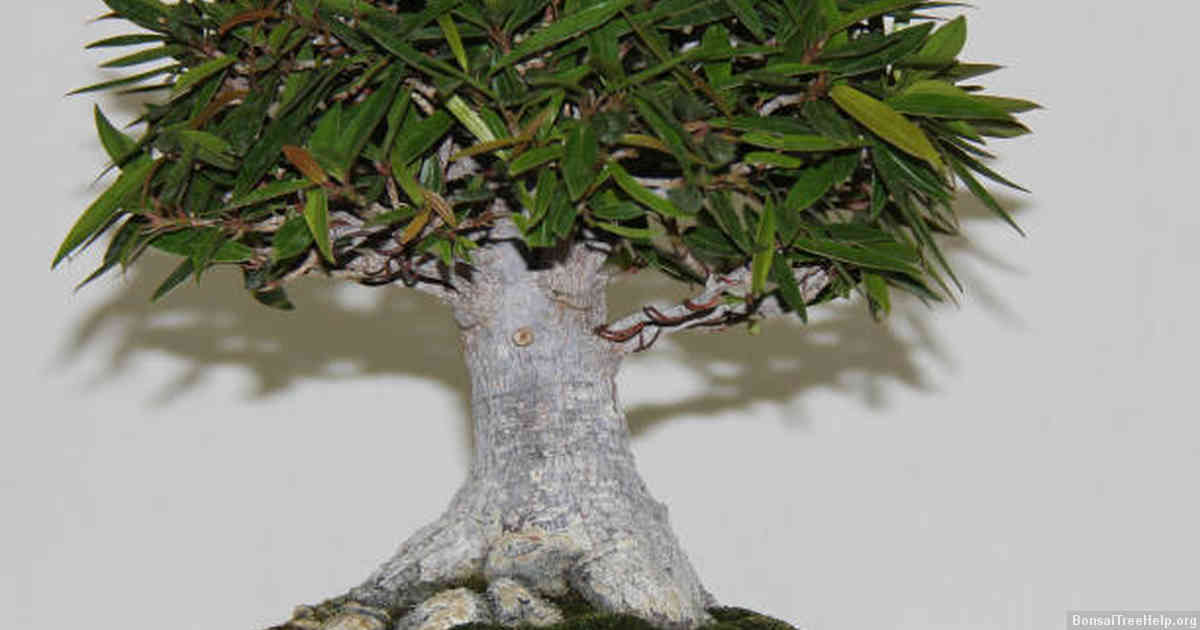
When it comes to successfully wiring a pine bonsai, understanding its growth cycle is essential. This coniferous evergreen tree responds differently than other trees when training and pruning. Therefore, timing is especially important for a successful wire job that won’t do any harm in the process.
The life of the pine follows annual rings with yearly growth periods that tend to begin earlier in warmer climates than colder ones. Once buds appear, this signals new growth which generally lasts until mid-summer. During these months sap will slowly rise up into the trunk as well as shoot tips causing branch movement if wired too tightly; this can cause breakage or bark splitting over time. It’s best practice then to wait until late summer or early fall when sap has run low before initiating a wiring regimen on pines.
For optimal success during the seasonal wire job season, you should plan ahead and prep your tree prior to beginning any bonsai training task. Prune back branches where needed while considering aesthetics and symmetry while removing deadwood at this time as well – all of these steps will promote even growth and open up potential to add branches down the line if desired when repotting for instance. Preparatory measures such as soaking wires overnight in water so they are supple enough for an easier application come handy at this stage too for avoiding accidents during wiring itself without damaging healthy wood tissue in the process.
Identifying the Optimal Timing for Wiring

Knowing when to wire a pine bonsai can make all the difference in the success of your gardening endeavors. Wiring is one of the most important steps in shaping and training your bonsai, so it’s important to get it right. Identifying the optimal timing for wiring depends on several key factors such as age, seasonality and overall health of your tree.
Age plays a crucial role in determining when to wire your tree. Generally speaking, younger trees respond better to wiring than older ones do. As far as seasonality goes, winter months are ideal for wiring evergreen pines such as black pines or mugho pines due their dormant state at that time of year; whereas spring and fall are best for deciduous varieties like red or white pines since they tend to be more active during these periods. If you’re concerned about damaging new buds forming on young shoots during wiring process then it’s highly recommended you delay any efforts until late spring or early summer when growth levels will have decreased significantly.
An overall assessment should be made regarding the general health and wellbeing of your tree before attempting any major overhauls such as wiring in order to ensure its longevity throughout entire process. For instance, if you observe signs of stress or disease then there’s no need rush into making changes; instead consider waiting until tree has recovered sufficiently before continuing with restyling plans.
Factors That Affect When You Should Wire
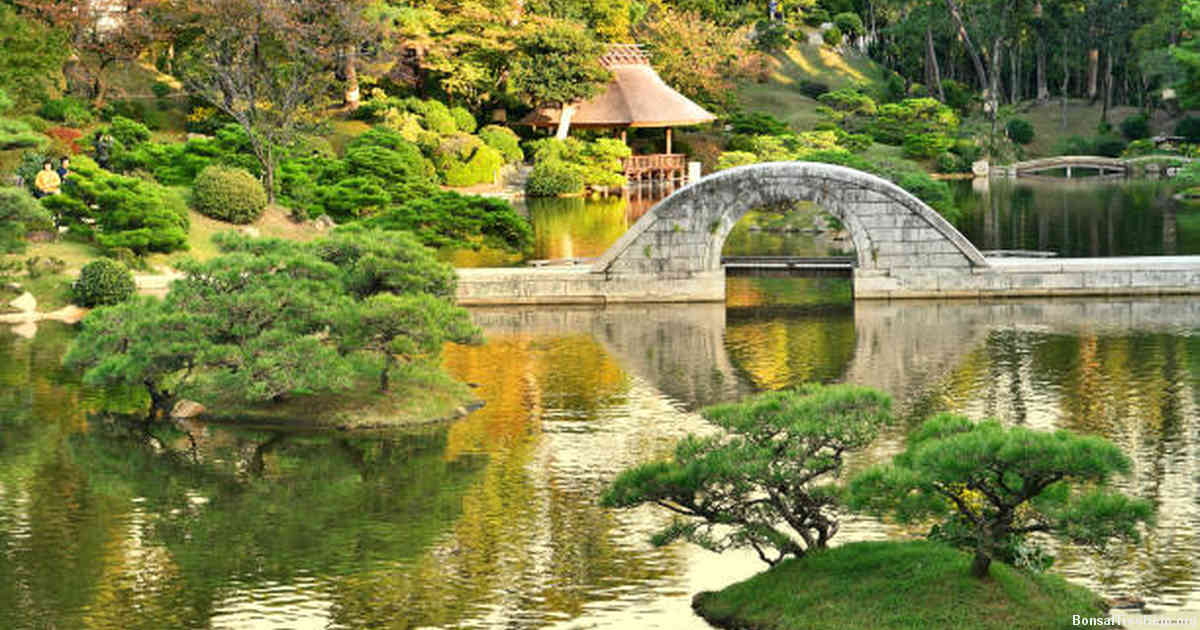
There are a variety of factors that can determine the optimum time to wire a pine bonsai. Tree size and age is an important consideration; larger, older trees require more force when wiring, which can easily damage them if done at the wrong time of year. Different tree species may have different response times when wired; hard pines usually respond faster than soft or needle pines as they typically have thicker trunks.
The time of year also has an impact on when you should wire your pine bonsai. Wiring during winter months will cause too much stress to most varieties as buds and new growth won’t be present for protection against any potential injury sustained during wiring. Spring months are generally the best time to wire your bonsai, allowing enough time for growth before bud break in early summer. Similarly, late autumn is good for wiring delicate trees such as white pines before cold weather sets in again.
Environmental conditions like temperature and humidity also play a role in determining how long it takes your pine bonsai to react to being wired properly – even if done so at the right season. Warmer temperatures often result in faster growth which means quicker recovery from being wired up; however high humidity can inhibit root growth which could extend training period considerably longer than normal.
Examining Your Bonsai’s Age and Health

When considering when to wire a pine bonsai, it is important to evaluate the age and health of your bonsai. Wiring requires removal of foliage or branches, which will affect the overall health of your tree. If the tree is too young, wiring may damage its long-term growth and structural integrity. The best way to assess this is by checking how many new shoots are present on the trunk and how long they are – if you notice rapid shoot growth or only very short shoots, then your bonsai may not be ready for wiring yet.
On the other hand, if your pine bonsai has stopped producing any new growth in its current configuration, then it’s likely that wire work can provide better balance and improve its shape. By removing some of the existing foliage or branches, you create empty space where more buds can grow over time – resulting in a fuller tree with improved structure. However, it’s essential to take care when wiring an older bonsai as excessive strain can damage even strong trees with deep roots.
Regular inspection for signs of ill health such as yellowing leaves should be conducted before proceeding with wiring; never subject an unhealthy bonsai to further stress as this could prove fatal for your cherished tree. Ultimately, proper evaluation prior to wiring ensures that all possible measures have been taken so that you’re left with a healthy pine bonsai full of character and beauty at maturity.
Considering Style and Desired Shape
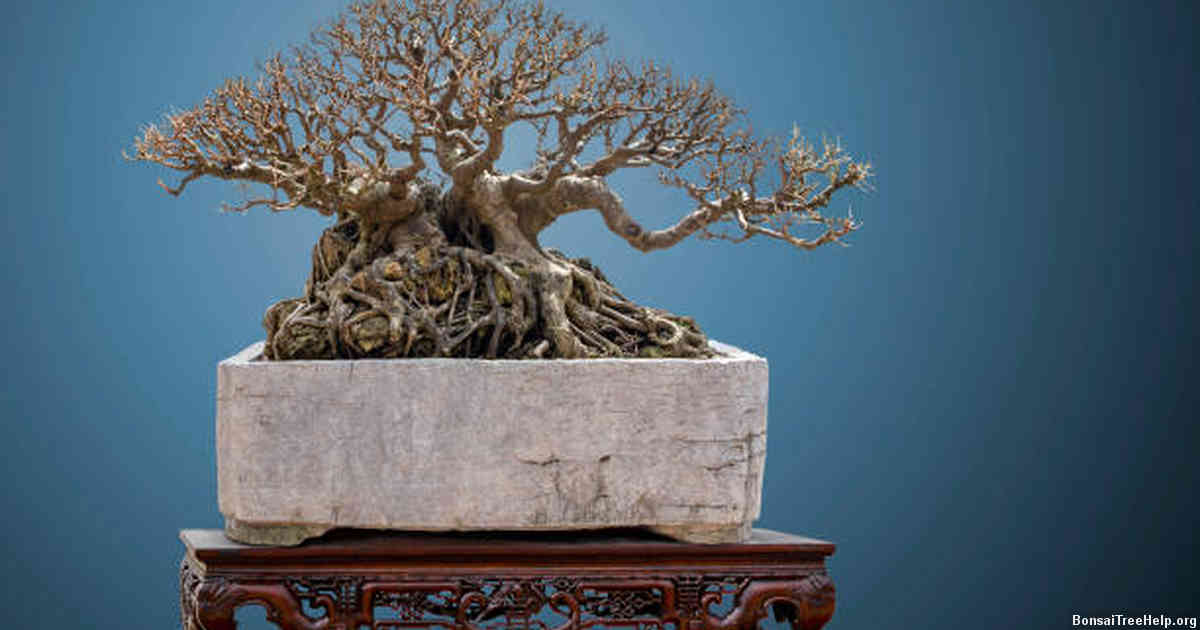
When styling a pine bonsai, one of the most important considerations is the desired shape. The goal of wiring and pruning is to create a lifelike silhouette that looks as if it could exist in nature. Generally speaking, it’s best to wire early, when the branches are still young and flexible. This is because mature wood tends to be more brittle and can break easily under tension from the wire. Moreover, wiring at an earlier stage allows more accurate manipulation of branch direction during development.
In terms of specific technique, it’s important to consider how much force you’re exerting with each wrap of the wire around a branch. Too little won’t provide enough tension for training; too much can cause serious damage or even kill your tree. A skilled eye will be able to judge this balance intuitively over time with practice. Take care to monitor where wires rub against bark; these spots may develop cuts or scars that remain long after removing the wire itself.
Remember that trees wired early often require rewiring regularly over several years until they reach their desired form; therefore it may be necessary to apply additional wires or check existing ones every few months or so depending on growth rate.
Techniques for Properly Wiring a Pine Bonsai

When crafting a bonsai tree out of a pine, there are several techniques that can be used to achieve the desired results. The most important factor when wiring is being careful and meticulous in order to avoid any damage to the delicate branches.
The first step for success with wiring pine bonsais is not applying too much pressure when wrapping the wire around the branches. Too much force can easily break or deform them, thus marring their desired shape. Start by finding solid-growth parts of the tree’s structure and gently wrap copper wires around them in spirals for better adhesion. It’s best to use copper as it has malleable properties that make it easier to handle and manipulate without causing harm to your work. After every round, position two fingers on either side of the wire’s bend area so that you’re able hold onto its shape while still using your other hand further down the branch.
Pay close attention during this process because if left unattended, wire can remain wrapped around those branches indefinitely which will lead to damage over time due to the tightness compressing its growth points. Therefore always plan your wiring technique according to how long you want it wired for and leave enough space between wraps for repositioning before ending with a tail near where you began shaping each individual branch. This makes it easier for later adjustments or complete unwinding if necessary. Inspect throughout this activity regularly as certain areas may require more finesse than others depending on their nature and complexity of structure. It’s worth mentioning that once all cuts have been made, give yourself time afterwards (days usually) before performing further manipulation as using brand new scissors wounds may prove difficult during this stage due lack of flexibility within freshly cut pine branches – especially conifers.
Care Tips After Wiring Your Pine Tree
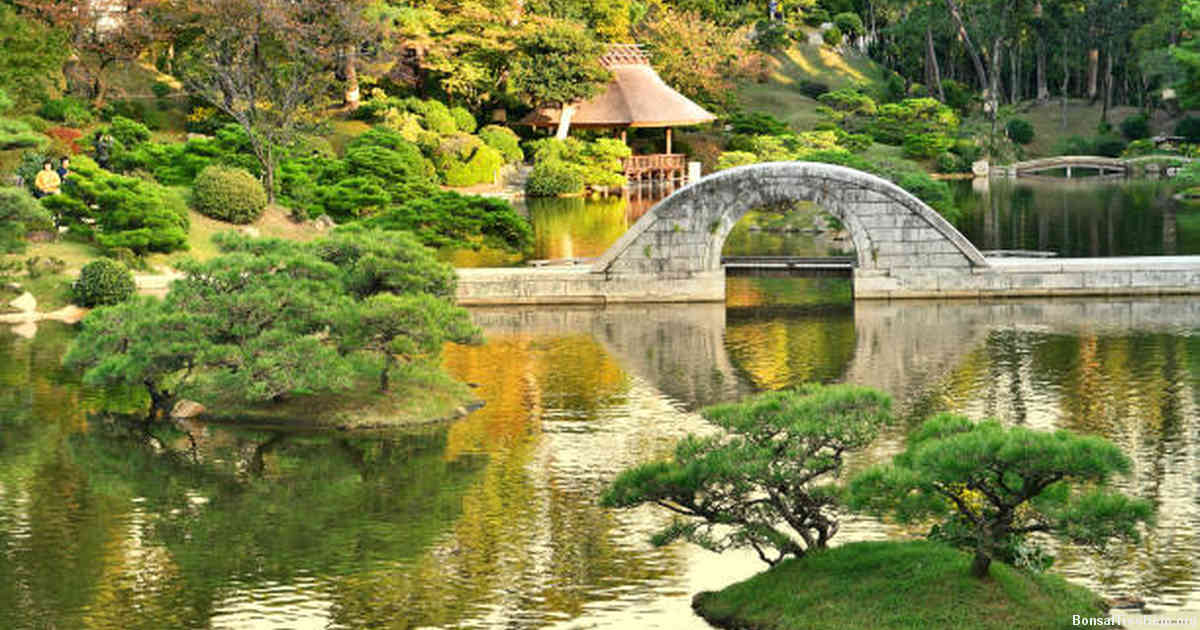
Wiring a pine bonsai is an important step in training it to take the desired shape. After wiring is complete, proper aftercare must be taken to ensure the tree’s health and that its development continues as planned. It’s essential to know how long to leave the wire on and when it should be removed.
First of all, check your wires periodically – at least once a week – for any signs of pinching or excessively tight constriction of branches due to uneven wire placement or incorrect tensioning. Loosen any tight wires as soon as possible since this can have serious consequences for your pine tree if left unattended over time. Remove all wires from the pine tree after no more than eight weeks; at this point new growth has likely been completed and so additional wiring will not serve much purpose anymore. The act of removing the old wires while also incorporating other subtle shaping methods such as ‘picking’, bending and combing help make sure your pine bonsai gets accustomed with gradual changes instead of abrupt ones thus leading to better results over time.
Avoid fertilizer use during the period where you are actively training your bonsai with wires since too much nutrient intake can cause excessive shoot growth which defeats many styling goals you might have had initially with wiring it in first place. Wait until some months later before applying fertilizer then continue using adequate levels according your climate conditions so that branch development occurs naturally without having internal mechanisms disrupted from too much nourishment input imposed externally by yourself.
Leave a Reply